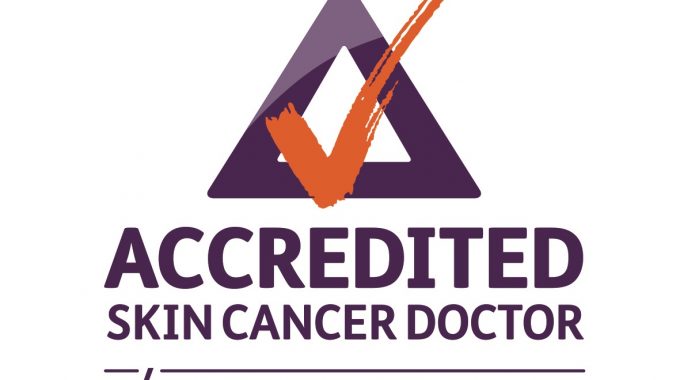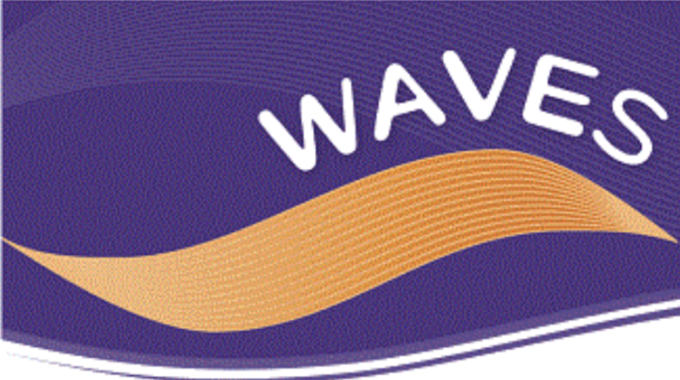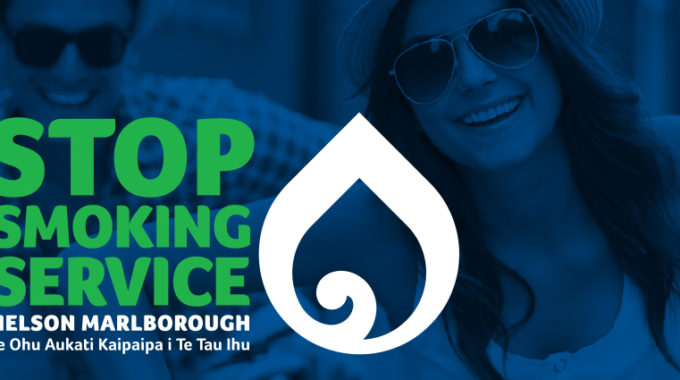At Tapawera Area School. Health Checks - Kāumatua Lounge - Bouncy Castle

Skin Cancer – the most common cancer in New Zealand
Summer is coming and while I don’t want to spoil the fun I would like to remind people about skin cancer. It is the most common cancer in New Zealand and unfortunately we have amongst the highest rates in the world. It is largely preventable – over 90% of all skin cancer cases are attributed to excess sun exposure. It is important to detect skin cancer early, especially melanoma. Early detection gives the best chances of successfully treating skin cancer.
Types of skin cancer:
Melanoma – the most serious form of skin cancer, causing over two thirds of skin cancer deaths.
Squamous cell carcinoma (SCC) – easily treated if found early but can be fatal if left untreated.
Basal cell carcinoma (BCC) – the most common and generally the least dangerous skin cancer. BCC can be serious and require surgery if left untreated.
Causes of skin cancer:
The most common cause of skin cancer is too much exposure to ultraviolet (UV) radiation from the sun. People of all ages and skin colours can be diagnosed with skin cancer but those at a higher risk are people who have:
- Fair skin or red or fair hair
- Fair skin that burns easily no matter what hair colour
- Had one or more severe sunburns- especially in childhood or adolescence
- Used sunbeds, particularly at a young age
- A family history of melanoma (parent, brother, sister or child)
- Large irregularly shaped or uneven moles
- A large number of moles
Prevention of skin cancer:
If people protect their skin and avoid sunburn throughout their lives the risk of skin cancer is reduced. It is important to be SunSmart in the months between September and April, especially between the hours of 10am-4pm when the UV radiation levels are very high. In winter it is also important to be SunSmart at high altitudes and around snow and water.
Steps to being SunSmart:
Slip – into the shade where possible.
Slip – on some protective clothing, ie. Shirt with collar and long sleeves and trousers or long –legged shorts.
Slop – on sunscreen that has an SPF of at least 30 and apply 20minutes prior to sun exposure.
Slap- on a hat that protects your face, head, neck and ears.
Wrap – on some close fitting sunglasses.
Symptoms and diagnosis of skin cancer:
Finding skin cancer as early as possible is the key to successful treatment. You should speak to your health professional if you have a mole, freckle or spot that:
- Is new or changing.
- Does not heal.
- Looks different from others around it.
- Has changed in size, thickness, shape, colour or has started to bleed.
We also encourage regular “skin checks” as an effective way of detecting lesions early and improving outcomes. We ask that these are booked as a dedicated appointment to allow enough time to do this properly.
Treatment of skin cancer:
This depends on the lesion, location and patient factors. It can include application of special creams, cryotherapy (freezing), shave excisions (without sutures) and full excisions (with sutures). Both Wayne and Mark have done extra training in skin cancer medicine and are now accredited doctors of the Skin Cancer College of Australasia. We are well equipped and can treat most skin cancers at the Wakefield practice. We discuss treatment options and costs with all patients and refer both publically and privately when necessary.
Enjoy summer but be SunSmart and if you are worried about a spot then come and have it checked out.
Dr Mark Fry


